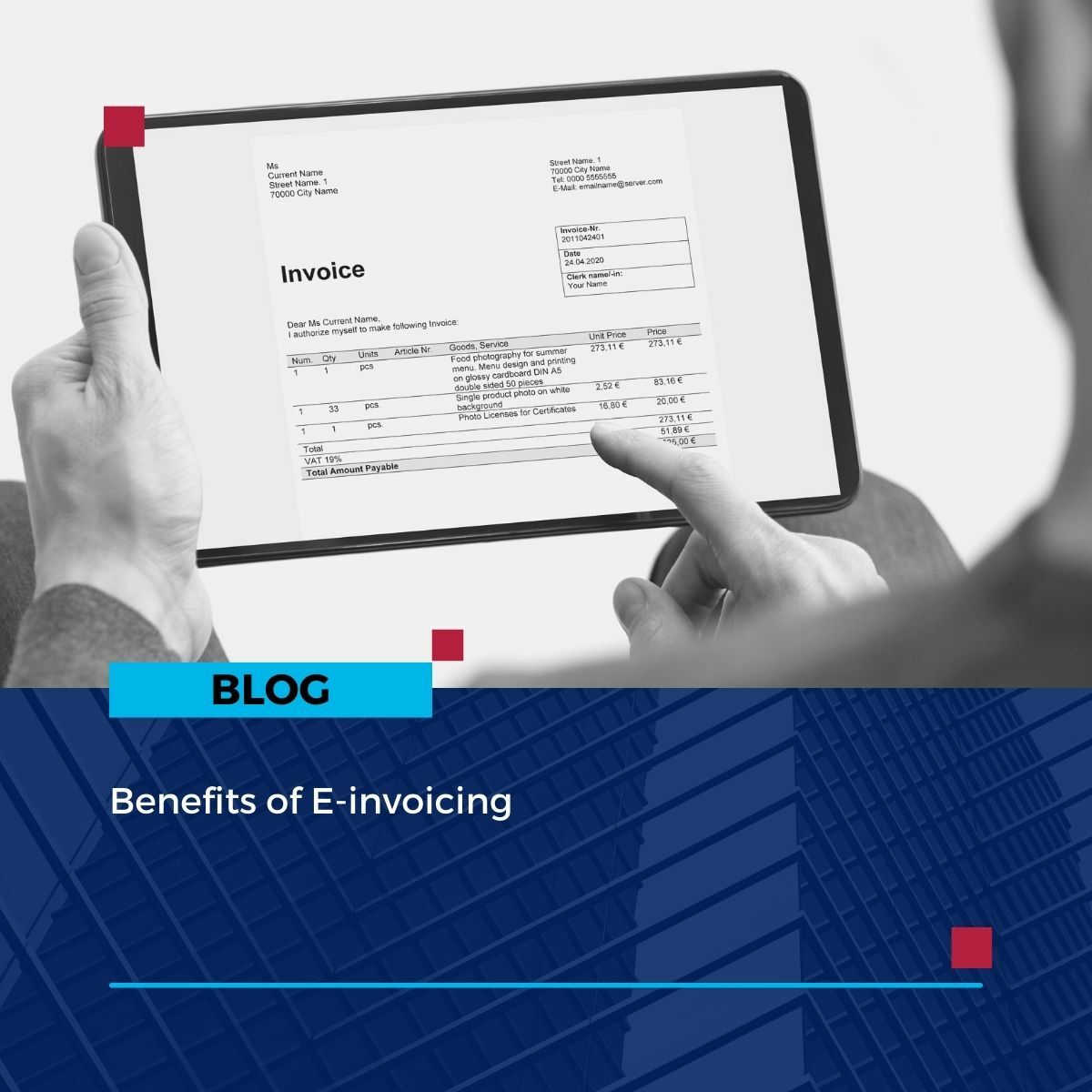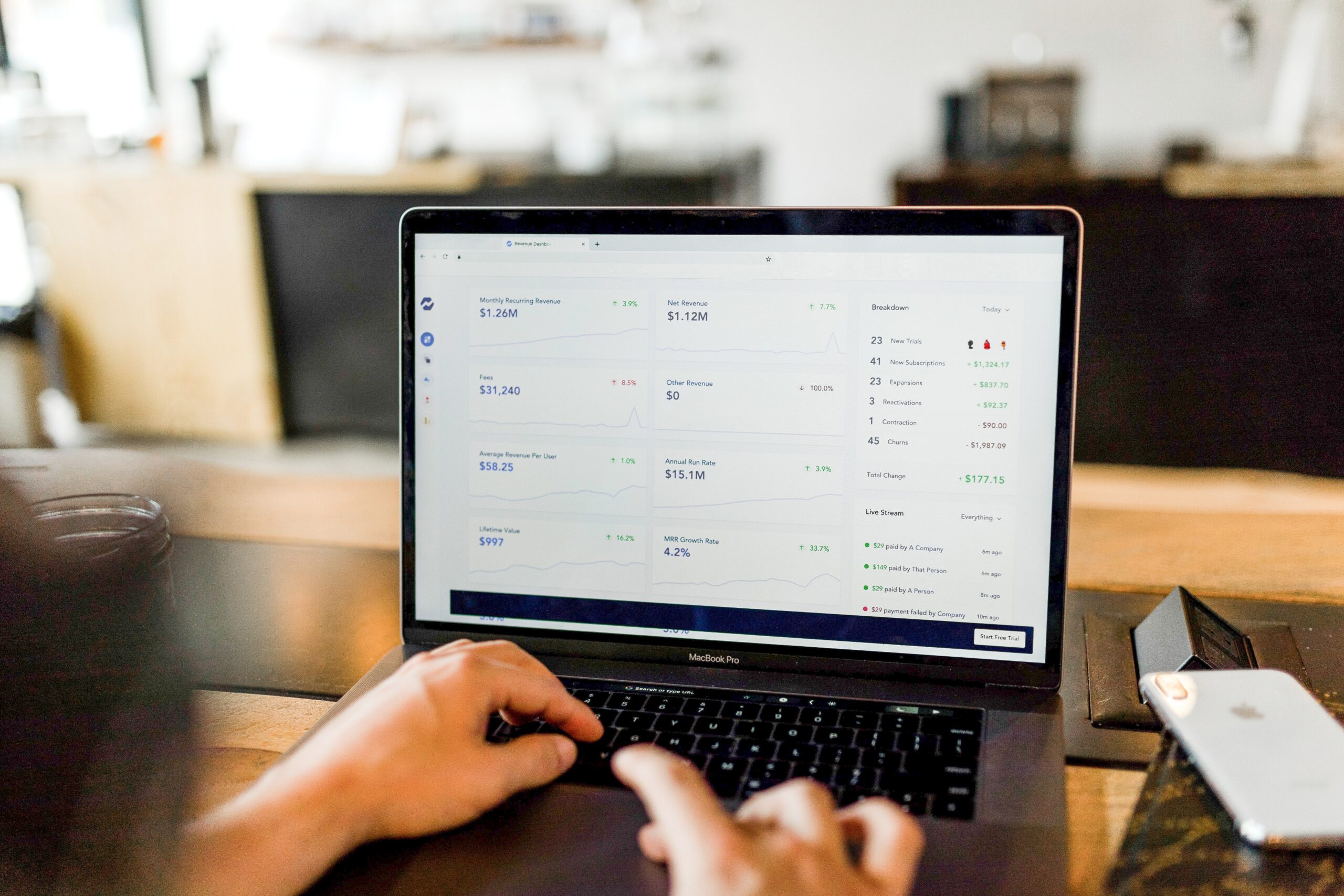
E-invoicing
E-invoicing
Is your business using e-invoicing?
It’s a fantastic way to protect yourself and your customers from invoice scams, and it can help you get paid faster. E-invoices replace emailed PDF invoices or links to online invoices. Instead, e-invoices are delivered securely to your clients, even across different accounting systems.
Preventing invoice fraud
Invoice scams are surprisingly common, and can be quite sophisticated.
For example, with intercepted invoices everything looks exactly right, but the bank account number has been altered. When it happens to you, your client thinks they’ve paid you, but the money has actually gone to a scammer.
Another example is when you receive notifications from suppliers that their bank account number has changed. But it’s not actually your supplier, it’s fake, and your money is going to a scammer.
In the event of an invoice scam, it can be very difficult to get your money back.
E-invoicing prevents these types of scams because the invoices travel directly from one accounting or payment system to another. By directly connecting suppliers with their clients, there’s no opportunity for scammers to intercept the invoices.
Start sending and receiving e-invoices
When you have your accounting software set up for e-invoicing you can send and receive e-invoices immediately.
You can also use e-invoicing if you don’t use an online accounting platform. There are a number of e-invoicing enabled software providers. Talk to us about which one would suit your business.
It only takes a little bit of time to learn how to use e-invoicing. And once you have implemented e-invoicing you’re more protected from invoice fraud. So, it’s well worth getting it set up!
We can help you set up your accounting software to send and receive e-invoices immediately. Talk to us about how.



